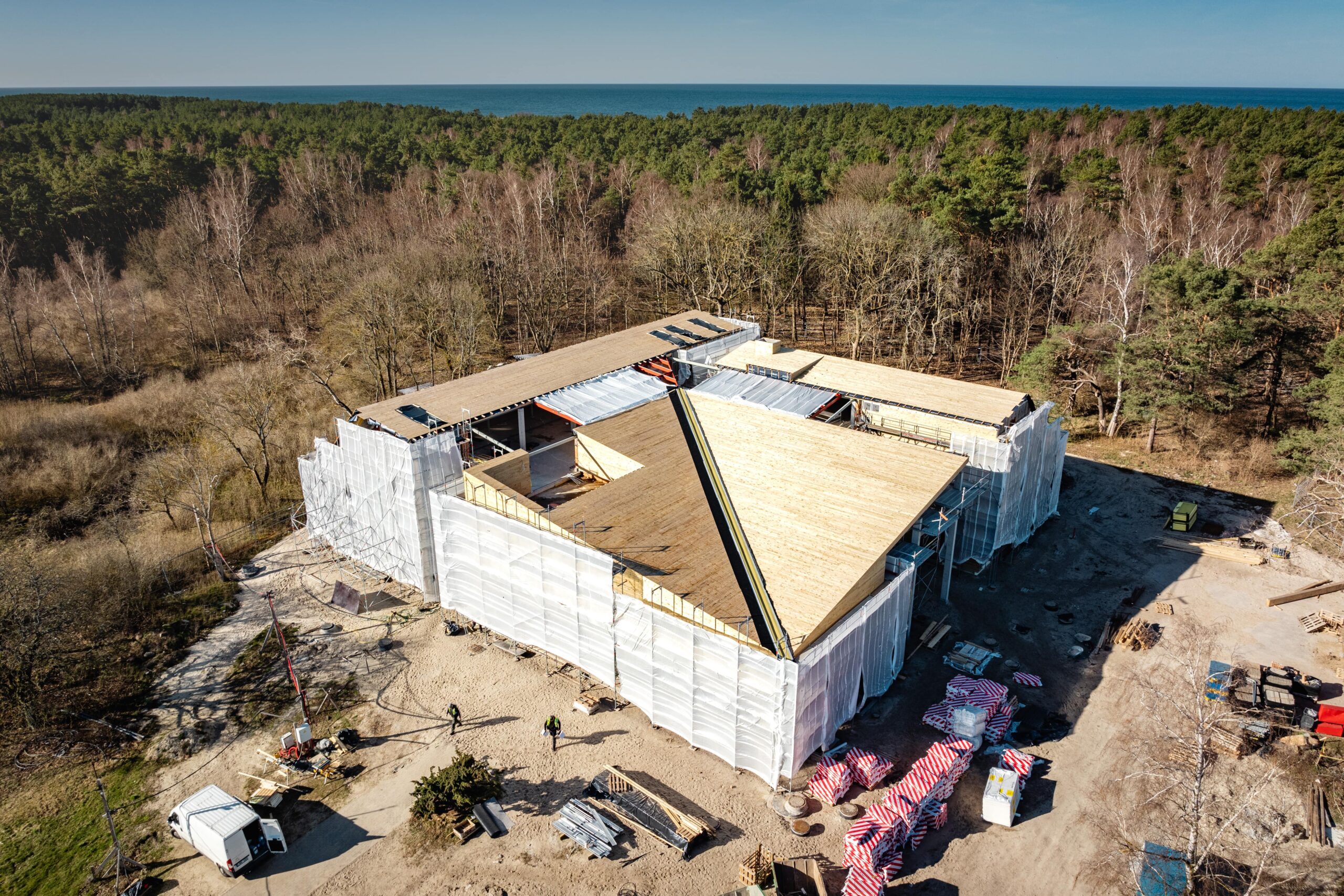
About the client
The Lithuanian Sea Museum is one of the most visited museums in the country. It was established in 1975 established in Klaipėda’s Kopgalis, the northernmost point of the Curonian Spit. The museum invites visitors to get to know the secrets of the water world. More than half a million visitors a year come to the museum to get a closer look at exhibits on marine nature, navigation, geology, archeology, ethnography, numismatics, and cartography, as well as to participate in educational activities.
Infes work
During the reconstruction of the administrative building of the Lithuanian Sea Museum, the main focus is on the efficient operation of the building and the economical use of energy resources. The work will involve a major renovation of the entire building structure: dismantling the ground floor, partial dismantling of the existing foundations, and deepening and widening of the basement floor. The building will be equipped with exhibition spaces, comfortable and ergonomic working spaces for staff and a storage facility for up to 200 000 exhibits. The basement will include a repair room for bringing exhibits back to life, as well as storage and technical rooms. The reconstruction work is being carried out in order to adapt the Open Access Centre for Marine Nature and Maritime Cultural Heritage to public use.
Significance of the project
The reconstruction of the administrative building of one of the most unique museums in Lithuania will help the public to learn more about the marine world. The reconstruction will allow the building to be operated more economically and to use energy resources more efficiently, thus fulfilling the museum’s mission to apply rational and commercially viable solutions and greener use of resources in its activities.
Results
After the reconstruction, the Lithuanian Sea Museum will be even more attractive to seaside residents and visitors, with an open access centre in the administrative building, inviting visitors to the modern exhibitions of maritime cultural heritage. This will give the public the opportunity to get closer to the world of the waters by studying exhibits and historical material through glass partitions.




